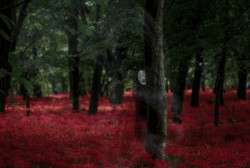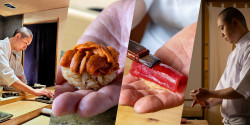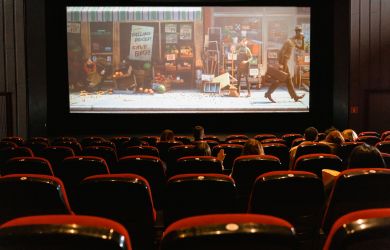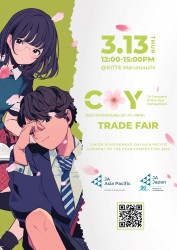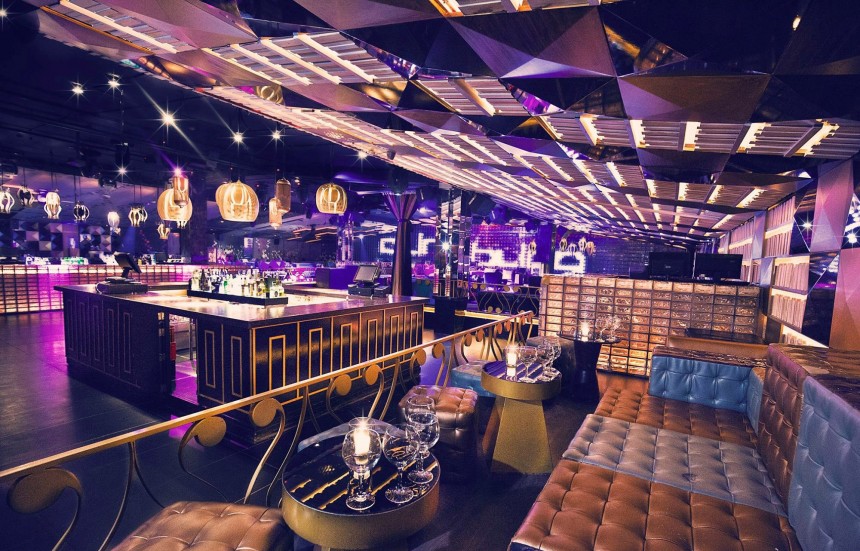
February 8, 2019
Heisei Jump!
Metropolis gives you the lowdown on Heisei era locales brim full of nostalgia
Japan will literally mark the end of an era later this spring. The country’s emperor is set to abdicate his throne at the end of April, and his departure means the Heisei era will officially come to a close. This period of time, which started in 1989, has included some of the most important developments and creations in the nation’s history. But later in 2019, Japan will unveil a new name for a new era.
Running up to this change, many across the country are indulging in some nostalgia for the Heisei period. A huge part of this retrospection has centered on music, as Heisei saw the birth of the term “J-pop” and some of the most celebrated artists experienced the height of their careers during this era.
Tokyo features plenty of ways to get in on this nostalgia, from stores catering to J-pop memorabilia to clubs capturing the Heisei spirit. For those hoping to honor this era before it comes to a close, here are some of the best ways to enjoy some musical nostalgia in the capital.
Trio
Nakano Broadway houses a store for practically every interest under the sun. Head up to the third floor of this venerable building to find Trio, a second-hand shop devoted to all things J-pop and idol. While they stock no shortage of contemporary artists’ goods too—along with a healthy dose of K-pop paraphernalia, to attract Japanese youngsters—the big draw here is the throwback stuff. They sell everything from clothes, CDs, magazines and posters featuring the visage of some of the biggest stars of the Heisei era. Trio comes especially recommended for fans of male idol groups such as SMAP and Arashi, along with girl outfits such as Morning Musume and AKB48. Few places anywhere in Japan have gathered so much J-pop merch in one place, to the point where it can feel more like a mini-museum than small business.
J-Pop Cafe
Despite what the name implies, J-Pop Cafe doesn’t just play J-pop. The cozy spot in the heart of Shibuya pipes in a wide variety of styles during the day and, at night, puts on live shows by jazz and folk artists, among others. But J-pop gets plenty of shine at all times here. Come in during the day to enjoy some drinks or meals soundtracked to Japanese pop from the early ’90s onwards and check the schedule posted online to see if a pop show will be held in the space come the evening. And, since it sits at the top of a building, you can get impressive views of the neighborhood that was at the center of all things cool during the Heisei period.
Spincoaster Music Bar
Perhaps after grabbing dinner at the aforementioned spot, mosey on over to this Shinjuku space to enjoy a night cap and take in some Japanese pop. Spincoaster Music Bar is the brick-and-mortar manifestation of the Japanese music web outlet Spincoaster, which writes articles about and compiles playlists of the most recent J-pop (and beyond). While the tunes played here come from multiple decades, they have a soft spot for ’90s tunes, especially for Shibuya-kei and other just-left-of-the-dial takes on Japanese pop from the period. Whatever time they decide to explore the night you swing by, expect to experience it in the highest quality imaginable as Spincoaster Music Bar has put together one of the most solid sound systems you’ll find in a bar in the city.
HMV Record Shop Shibuya
This one is actually an exercise in secondhand nostalgia. HMV’s shop in Shibuya was one of the most important places in all of Tokyo to stock up on J-pop in the 1990s and it helped break hip-hop and Shibuya-kei-style sounds to young listeners coming of age in the decade. The original space closed a while back, but a boom in nostalgia for the golden days of J-pop — and a younger generation’s interest in vinyl — has resulted in a new HMV Record Shop popping up in the neighborhood. While newer music gets plenty of space, this is one of the better spots to find ’90s J-pop, both in original CD form and reissued records. Fueled by ennui for times gone by or otherwise, this has become one of the better places in the city to find older and rarer Japanese titles.
Takeshita Street
The main drag outside of Harajuku Station doesn’t look much like it did during the 1990s or noughties. Today, it caters more towards the influx of tourists visiting Tokyo, full of Instagram-ready food and fast-fashion brands. But this was the place to go for idol and J-pop related fan goods in the 1990s, as the area used to be filled with stores selling photos and other items tied to superstars such as Namie Amuro and the members of SMAP. But wander down this famous street and you’ll still see a few scattered about (including the main store for Johnny’s, the country’s biggest boy band talent agency), a reminder of the days when music defined pop culture.



